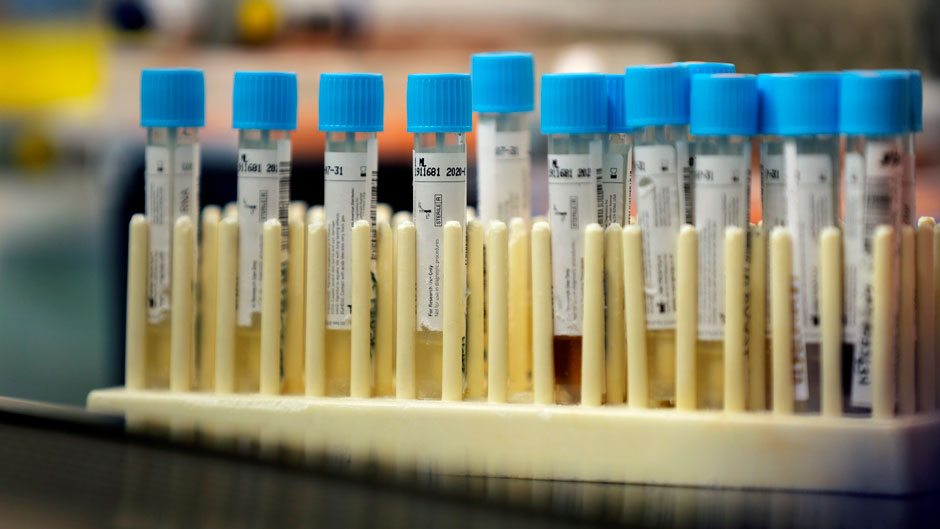According to a recent report published in The Lancet, the mortality rate for COVID-19 could be lower than previously thought. Researchers estimated that the case fatality ratio (the proportion of all cases that will eventually lead to death) in China is 1.38 percent, far lower than earlier estimates of 3.4 percent predicted by the World Health Organization and the U.S. Centers for Disease Control and Prevention.
But, according to Shigui Ruan, a professor in the University of Miami College of Arts and Sciences’ Department of Mathematics, the case fatality ratio is substantially higher than the flu.
“It is very clear that any suggestion of COVID-19 being just like influenza is false. Even for those aged 20 to 29, once infected with novel coronavirus, the case fatality ratio is around three times higher than that of seasonal influenza in people aged 18 to 49,” he said.
In an accompanying commentary to the research published in The Lancet, Ruan explained that finding the case fatality ratio “in real time during its epidemic is very challenging.” But, such a piece of data can help to guide the response from government and public health authorities, he reported.
“The authors argue that crude case fatality ratios obtained by simply dividing the number of deaths by the number of cases can be misleading, because there can be a period of 2 to 3 weeks between a person developing symptoms and that case being detected and reported—also, because surveillance of a novel virus is biased toward detecting severe cases,” he pointed out, “especially at the beginning of an outbreak when testing capacity is low.”
Ruan, who was not involved with the research, also noted that the coronavirus fatality rate increases with age and underlying health conditions.
“The chance of survival of COVID-19 for people aged 60 years is approximately 95 percent in the absence of comorbid conditions. However, the chance of survival will be considerably decreased if the patient has underlying health conditions—such as cardiovascular disease, diabetes, hypertension, chronic respiratory disease, or cancer,” he explained.
Estimates of case fatality ratios of COVID-19 might vary slightly from country to country because of differences in prevention, control, and mitigation policies, and because the case fatality ratio is substantially affected by the preparedness and availability of health care, according to Ruan.
“Early studies have shown that delaying the detection of infected cases not only increases the probability of spreading the virus to others—most likely family members, colleagues, and friends—but also makes the infection worse in some cases, thereby increasing the case fatality ratio,” he said.

